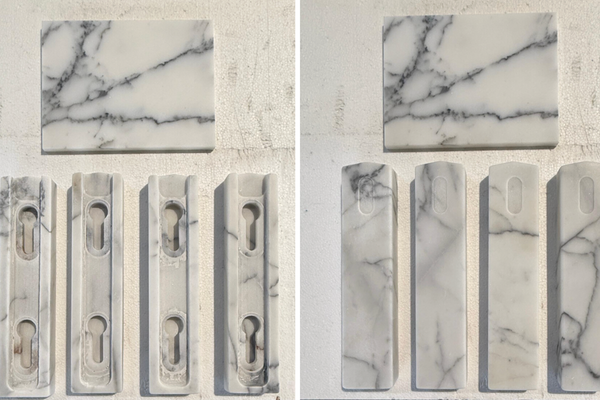
The Royal Collection Trust, founded in 1993, claims to hold art in trust for we the people. But if you want to know who really possesses it, look in a book that reproduces any of its hundreds of Leonardo da Vinci drawings – you will find it says: “copyright Her Majesty Elizabeth II.”
Now that will change to Charles III. Whoever the current monarch, however the royal collection redefines itself, it remains the inherited collection of British rulers, going back to the Tudors and Stuarts. The Abraham tapestries, likely to have been commissioned by Henry VIII, still hang in the Great Hall at Hampton Court Palace where they could be seen in the 16th century; Artemisia Gentileschi’s Self-Portrait as the Allegory of Painting, created for Charles I a few years before he was beheaded, is currently at Hampton Court in its Cumberland Gallery.
The Royal Collection faced crisis in 1992 when fire ravaged Windsor Castle, home to the Royal Library, which holds the greatest collection of Leonardo’s drawings on earth along with masterpieces by Raphael and Holbein. The Royal Library was spared – but the Royal Collection Trust (RCT) was founded the next year and has done a lot to modernise the monarchy’s conservation and display of art. There are now three galleries at royal palaces that put on some good exhibitions including Leonardo: A Life in Drawing, which showed at galleries throughout the country before coming to the Queen’s Gallery.
Great art is in the royal collection to dramatise the prestige of the monarch: and in the pageant that is royalty it doesn’t even get a starring role. It’s stuff in the background: Rembrandt as royal decorator. Even when RCT treasures are on public display at royal palaces, it’s hard to experience them as serious art. You’ve done the maze, turned the roasting spit in Henry VIII’s kitchens and searched for ghosts. At the end of a family day out at Hampton Court, has anyone got the energy for a sustained look at high art in the Cumberland Gallery? It’s always been pretty empty when I have been. As for seeing Andrea Mantegna’s Triumphs of Caesar in a garden gallery, it’s futile and confusing, even when open – they would make so much more sense at the V&A.
Some art certainly belongs in the royal context: there isn’t a better place to see Henry’s tapestries than in his palace. Royal portraits too are best kept in palaces. But there is no excuse for holding on to Rembrandt’s Mother or Holbein’s drawings of Thomas More’s family just to underline royal pomp.
Charles I shaped this collection as we know it when he bought up the Italian renaissance. Charles III has the chance to reinvent it by donating or permanently lending its most universal treasures to our public museums. That would lift galleries out of their post-Covid malaise and make Britain one of the best art destinations on earth. It would be a truly regal intervention by the new king.







